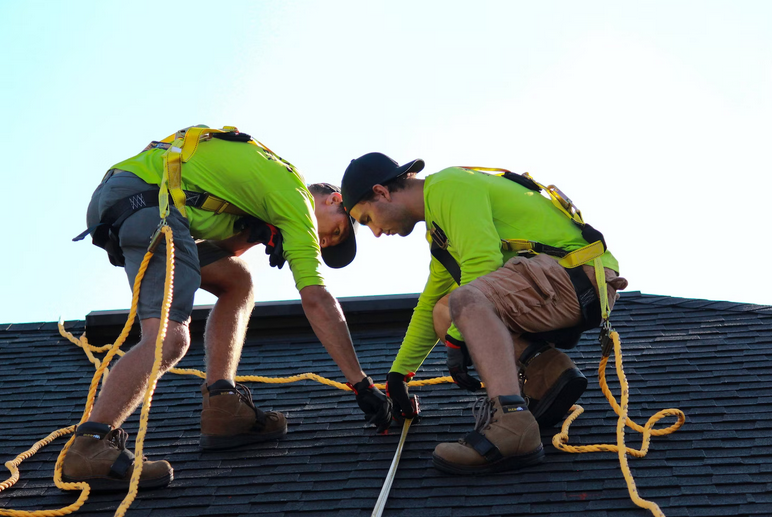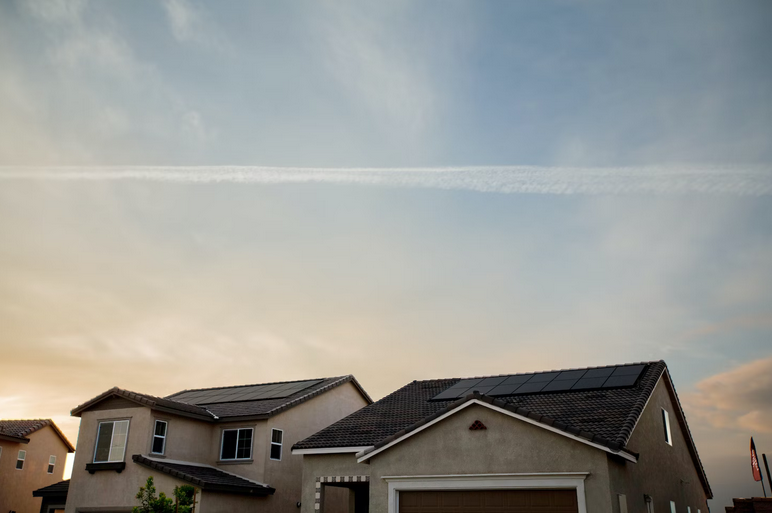Are you tired of those pesky roof leaks ruining your peaceful nights and causing havoc in your home? We hear you. Whether it’s a small drip or a major downpour, dealing with roof leaks can be overwhelming. But fear not because we’re here to arm you with the ultimate handbook for DIY roof repairs.
In this comprehensive guide, we’ll walk you through tackling different types of roof leaks like a pro. Get ready to save some serious cash, unleash your inner handyman (or woman), and bid farewell to those leaky nightmares once and for all.
Identifying the Source of the Leak
Before diving into DIY repairs and learning How to Fix Your Roof, it’s imperative to identify the source of the leak accurately. Leaks can manifest in various ways – from water stains on ceilings to damp spots on walls. Ascend to your attic during daylight hours and inspect for any signs of sunlight penetrating through the roof. Use a flashlight to check for water stains or dark spots, as these often indicate the source of the leak.
Repairing Small Punctures and Holes
For small punctures or holes in your roof, a DIY solution involves using roofing cement. Clean the area around the puncture or hole and apply roofing cement generously. Smooth it out with a putty knife to create a watertight seal. This method is effective for small, isolated leaks and is a quick fix that can prevent further water infiltration.
Fixing Damaged or Missing Shingles
Damaged or missing shingles are common culprits for roof leaks. If you notice a damaged shingle, carefully lift the edges and apply roofing cement underneath. Press the shingle down to secure it in place. For missing shingles, you can use a replacement shingle secured with roofing nails. Ensure that the new shingle matches the color and material of your existing roof for a seamless repair.
Addressing Damaged Flashing

Flashing, the metal strips that seal joints and seams on your roof, can deteriorate over time, leading to leaks. To address damaged flashing, start by cleaning the affected area. Apply roofing cement to seal any gaps or cracks, and secure the flashing in place using roofing nails. Be thorough in inspecting and treating all flashing around chimneys, vents, and skylights.
Patching Roof Valley Leaks
Roof valleys, where two roof planes meet, are prone to leaks. If you identify a leak in this area, use a piece of metal flashing to create a patch. Place the patch over the affected area and secure it with roofing cement and nails. Ensure that the patch extends a few inches beyond the damaged portion to create a robust barrier against water intrusion.
Sealing Leaky Roof Vent Boots
Roof vent boots, the rubber gaskets around vent pipes, can degrade over time, leading to leaks. To address this, inspect the vent boots for cracks or damage. If you notice any issues, use roofing cement to create a tight seal around the base of the vent pipe. Apply the cement generously, ensuring that it covers the damaged area and creates a durable, watertight seal.
DIY roof repairs can be a feasible option for addressing common types of roof leaks, but it’s crucial to approach them with caution and thoroughness. While these solutions can mitigate immediate issues, it’s advisable to consult with a professional roofer for complex problems or when in doubt. Regular roof maintenance and prompt attention to leaks will help you preserve the integrity of your home and protect it from potential water damage.

